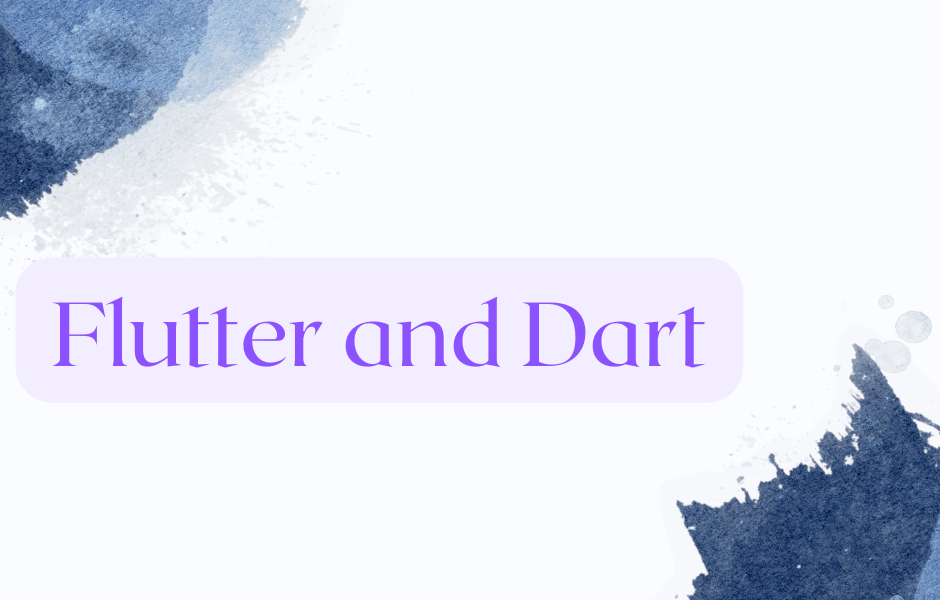Here is the course outline for Flutter and Dart Essentials: Rapid Mobile App Development.
Join us for an immersive project-based short-term course on Flutter and Dart, designed to empower you to build beautiful, high-performance mobile applications for iOS and Android platforms. Flutter, Google’s UI toolkit, combined with the Dart programming language, offers a powerful and streamlined approach to mobile app development. Whether you’re a beginner or an experienced developer, this course will equip you with the skills and knowledge needed to create stunning mobile apps efficiently.
Course Outline
- Introduction to Flutter and Dart
- Overview of Flutter and its architecture
- Understanding the benefits of Flutter for cross-platform development
- Setting up the Flutter development environment
- Dart Programming Fundamentals
- Syntax and semantics of the Dart language
- Variables, data types, and control structures in Dart
- Functions, classes, and object-oriented programming concepts
- Building User Interfaces with Flutter
- Introduction to Flutter widgets and widget tree
- Layouts and responsive design principles in Flutter
- Styling and theming Flutter applications
- Handling User Input and Navigation
- Capturing user input with Flutter’s GestureDetector and TextFormField
- Navigating between screens using Navigator and routes
- Implementing navigation drawer and bottom navigation bar
- State Management in Flutter
- Understanding different types of state in Flutter: StatefulWidget vs. StatelessWidget
- Managing local state using setState()
- Exploring state management solutions like Provider, Bloc, and Riverpod
- Networking and Data Persistence
- Making HTTP requests with the
httppackage - Parsing JSON data and handling asynchronous operations
- Storing data locally using shared preferences or SQLite
- Making HTTP requests with the
- Integrating Device Features and APIs
- Accessing device sensors and services (camera, location, etc.)
- Integrating third-party APIs and services into Flutter apps
- Implementing platform-specific features with platform channels
- Deployment and Publishing
- Building and testing Flutter apps for iOS and Android devices
- Generating release builds for distribution
- Publishing apps to the Apple App Store and Google Play Store
- Project Work
- Working on a series of practical projects throughout the course
- Implementing various app features and functionalities
- Applying best practices for code organization, performance optimization, and user experience design
Duration: 6-8 weeks (depending on intensity and frequency of classes)
Target Audience
- Mobile app developers interested in mastering Flutter for cross-platform development.
- Front-end developers looking to expand their skill set to include mobile app development.
- Students and professionals seeking practical experience in building real-world mobile applications.
Prerequisites
- Basic understanding of programming concepts (variables, control structures, functions, etc.).
- Familiarity with any programming language is helpful but not required.
Delivery Method
- Instructor-led lectures and live coding sessions.
- Hands-on labs and guided project development.
- Code reviews and feedback sessions.
- Access to online resources, documentation, and community support for further learning.
Upon completion of the course, participants will have the skills and confidence to develop mobile applications using Flutter and Dart, along with a solid understanding of best practices for building performant, visually appealing, and cross-platform mobile apps.
Mail us for queries: emailtoprogrammingempire@gmail.com
Further Reading
Spring Framework Practice Problems and Their Solutions
From Google to the World: The Story of Go Programming Language
Why Go? Understanding the Advantages of this Emerging Language
Creating and Executing Simple Programs in Go
20+ Interview Questions on Go Programming Language
100+ MCQs On Java Architecture
- Angular
- ASP.NET
- C
- C#
- C++
- CSS
- Dot Net Framework
- HTML
- IoT
- Java
- JavaScript
- Kotlin
- PHP
- Power Bi
- Python
- Scratch 3.0
- TypeScript
- VB.NET

